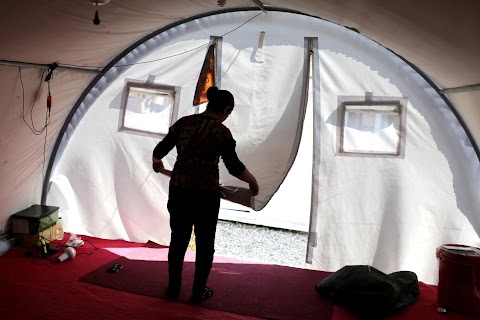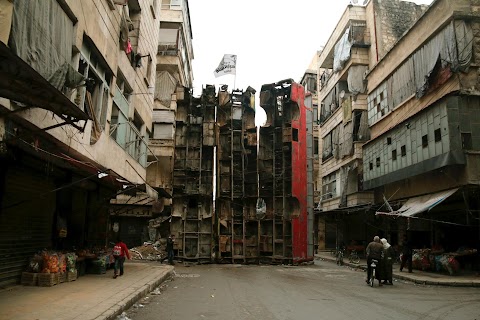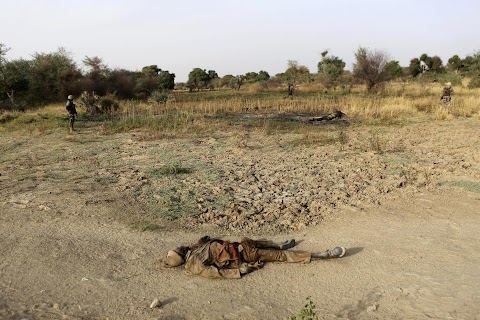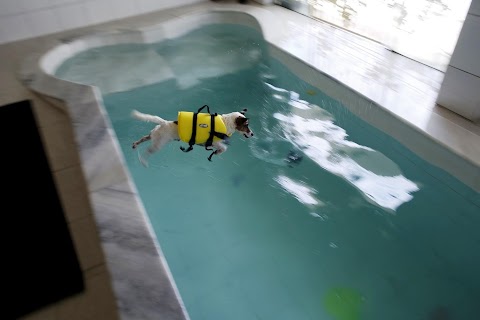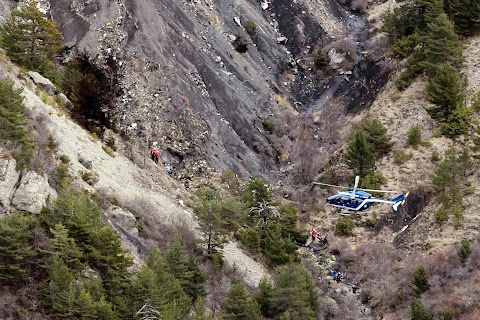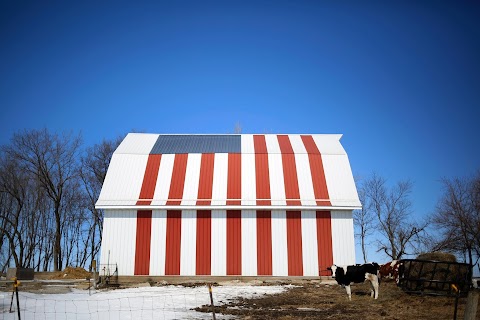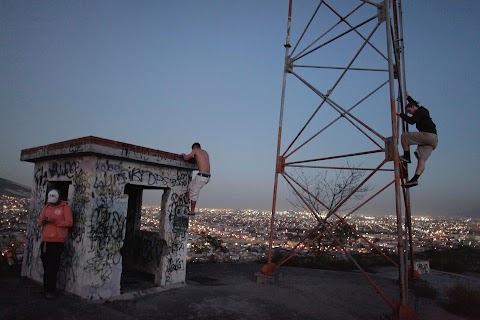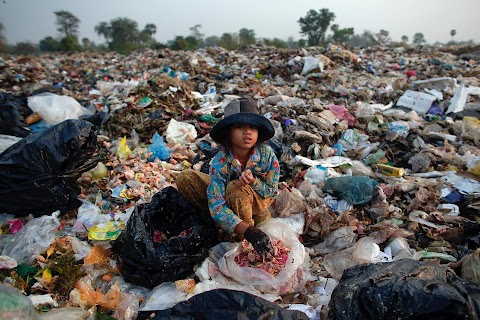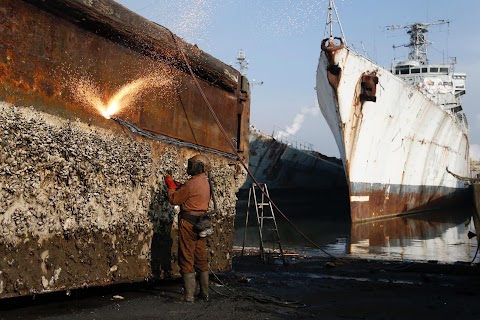
Cleaning up shipbreaking
 Francois Lenoir
Francois Lenoir
The Galloo shipbreaking plant in Ghent, Europe's largest, processes some 35,000 tonnes of metal every year. It employs only about 30 staff, with most of the heavy work done by machines.
The European Union plans to impose strict new rules on how companies scrap old tankers and cruise liners, run aground and dismantled on beaches in South Asia.

However the practice in India, Bangladesh and Pakistan, hazardous for humans and the environment, will still be hard to stop.
Tankers, cruise liners and other old vessels are rammed onto beaches and stripped down by hundreds of unskilled workers using simple tools such as blowtorches. Chemicals leak into the ocean when the tide comes in.

European recyclers are among those set to benefit from the revamped standards.
"Large companies have started to come here," said Peter Wyntin, head of recycling at the Ghent facility. "They just can't afford the bad press any more of dismantling ships on some beach."
Slideshow

Some 35,000 mostly migrant and unskilled workers operate on Gujarat’s ship-breaking beaches.

The volume of ships recycled at the Galloo yard has more than quadrupled over the past 10 years.

Workers prepare to dismantle a decommissioned ship at the Alang shipyard.

A crane lifts a container at the Galloo ship recycling plant.

Depending on raw material prices, ship owners can make up to $500 per tonne of steel from an Indian yard, compared with $300 in China.

A worker dismantles the hull of a barge at the Galloo plant.

Workers on a vessel at the Alang shipyard.

The steering cabin of a French navy vessel is taken apart at the Galloo plant.

A worker dismantles a ship at the Alang yard.

A worker pauses near a barge at the Galloo plant.

A worker watches television during his break at the Alang shipyard.

Workers pause as they dismantle parts of a French seismic vessel at the Galloo plant.
"It's like stepping into another world, another scale, where I am dwarfed by heaps of scrap metal."
My first impression when I arrive at the shipbreaking site is a sense of being small.
It's like stepping into another world, another scale, where I am dwarfed by heaps of scrap metal the height of a ten-storey building.
Then there is the intensity of the site, with several teams working on a multitude of boats at the same time - producing a bewildering cacophony of drilling, cutting and sawing sounds.
It is all very photogenic. While one team cleans and empties a huge seismic research boat, a second cuts blocks from a barge, and a third one works on the ground to recycle dismantled parts.
Not far from there, a crane deals with a heap of scrap metal while another mechanical arm cuts huge pieces of steel.
I soon understand why we had to be escorted during our first visit here: for obvious reasons of security but also for our own safety. The activity on the site can be very dangerous and the access to several navy vessels was forbidden during asbestos removal.
Despite the high level of mechanisation and automation, employees still do manual labour in hazardous and toxic conditions, such as removing asbestos, to recycle 35,000 tons of steel a year.
The next day I am allowed to work without escorts. I wear a hard hat and a safety vest for visibility and protection, but in this extremely noisy environment I’d feel safer having eyes in the back of my head.

